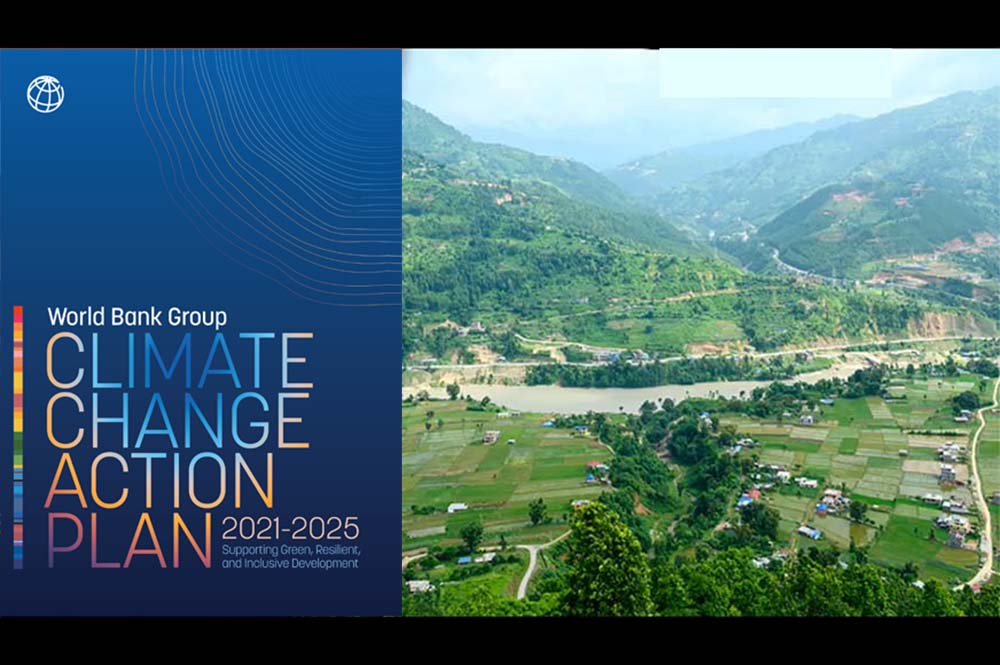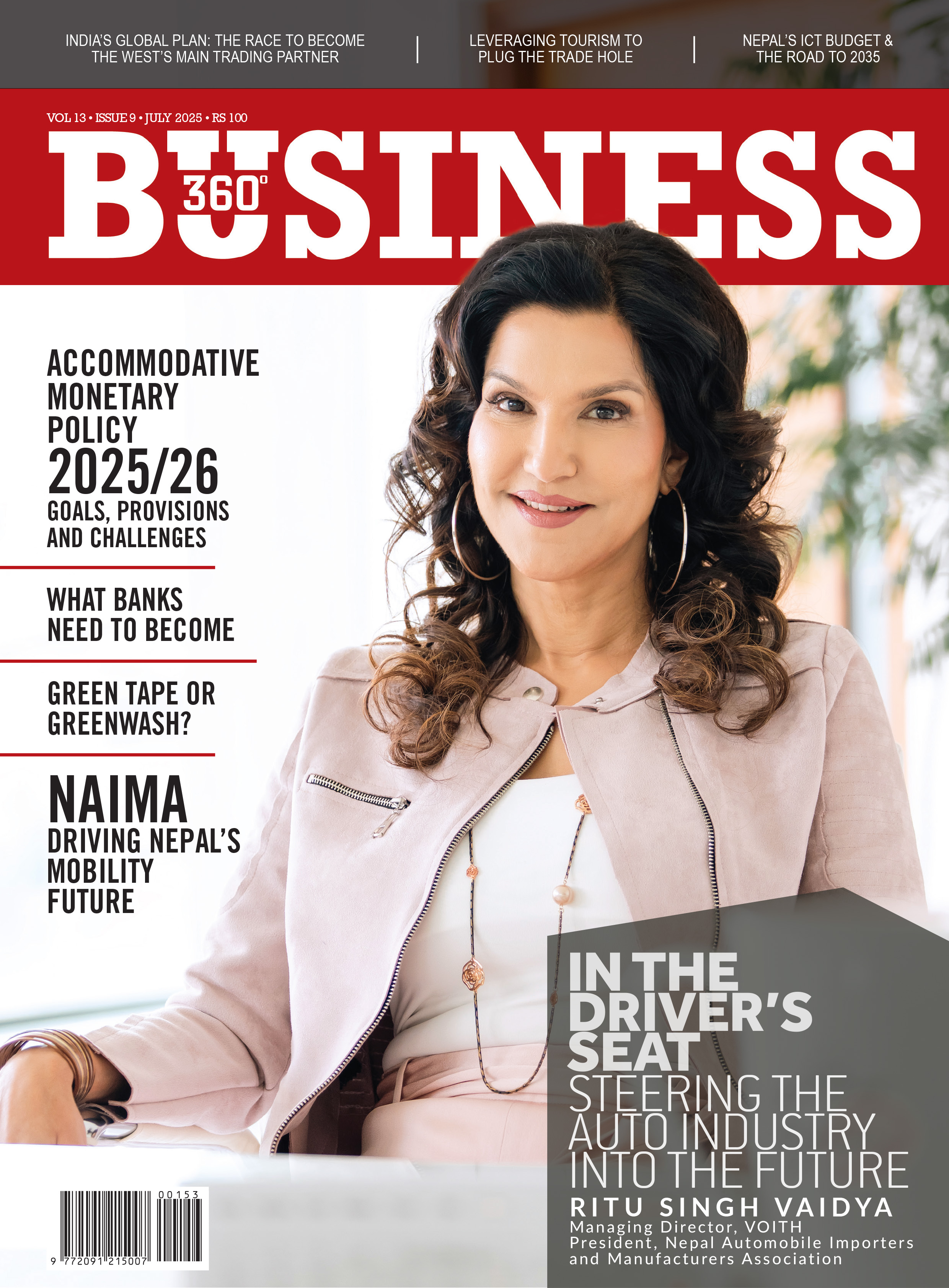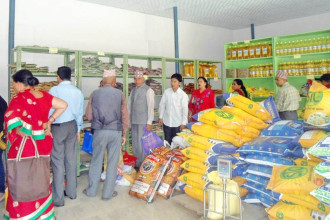
-
Low- and middle-income countries can transition to low-carbon, resilient growth pathways if key conditions are met with international support
- World Bank estimates Nepal's economic growth rate at 5.8 pc in 2022
- Budget for next fiscal year to focus on economic revival, growth
- Finance Minister Sharma, World Bank Vice-President Martin meet
- Finance Minister Sharma leads Nepali delegation at WB Group, IMF annual meetings
Published Date: November 7, 2022, 12:00 am
Post Comment
E-Magazine
RELATED B360 National





